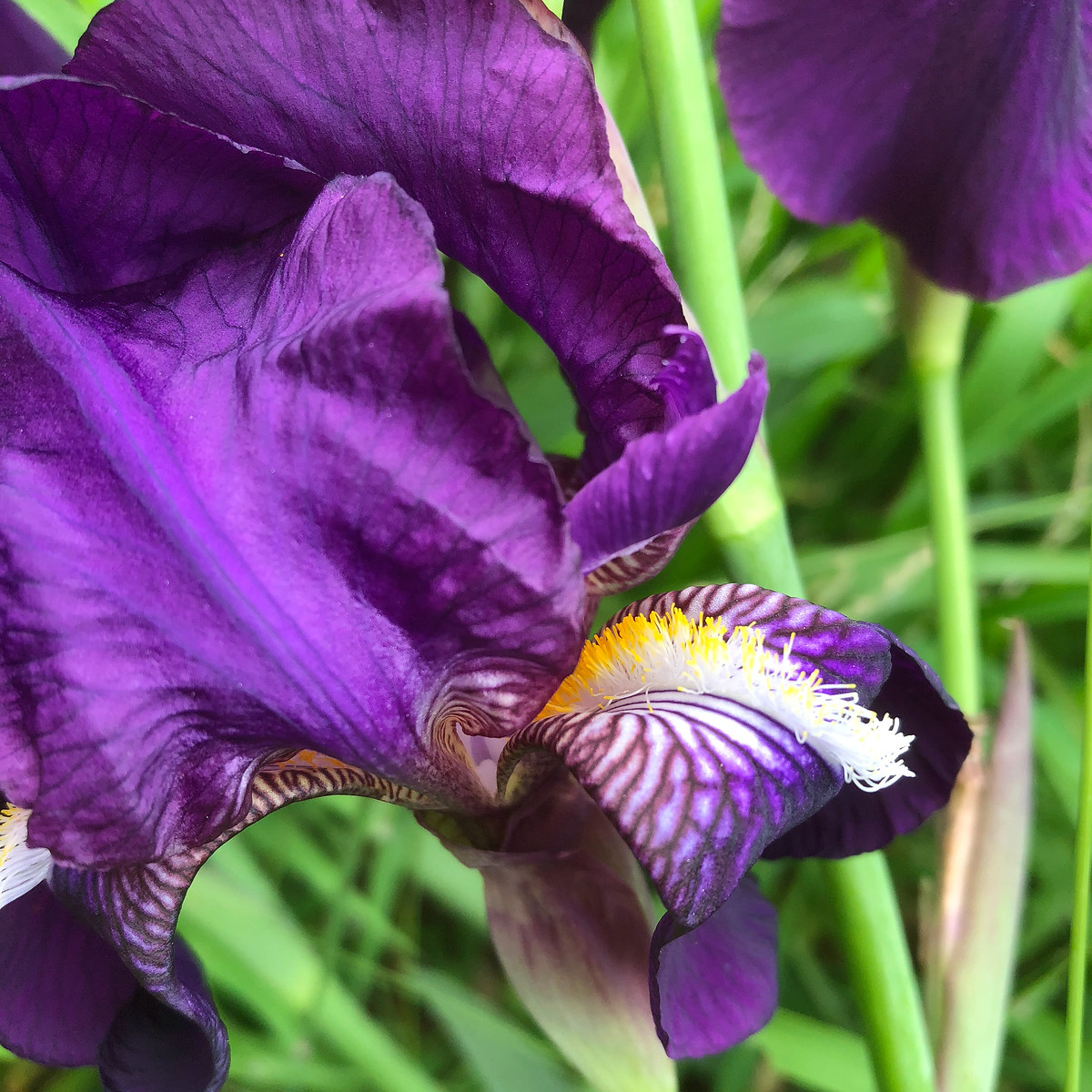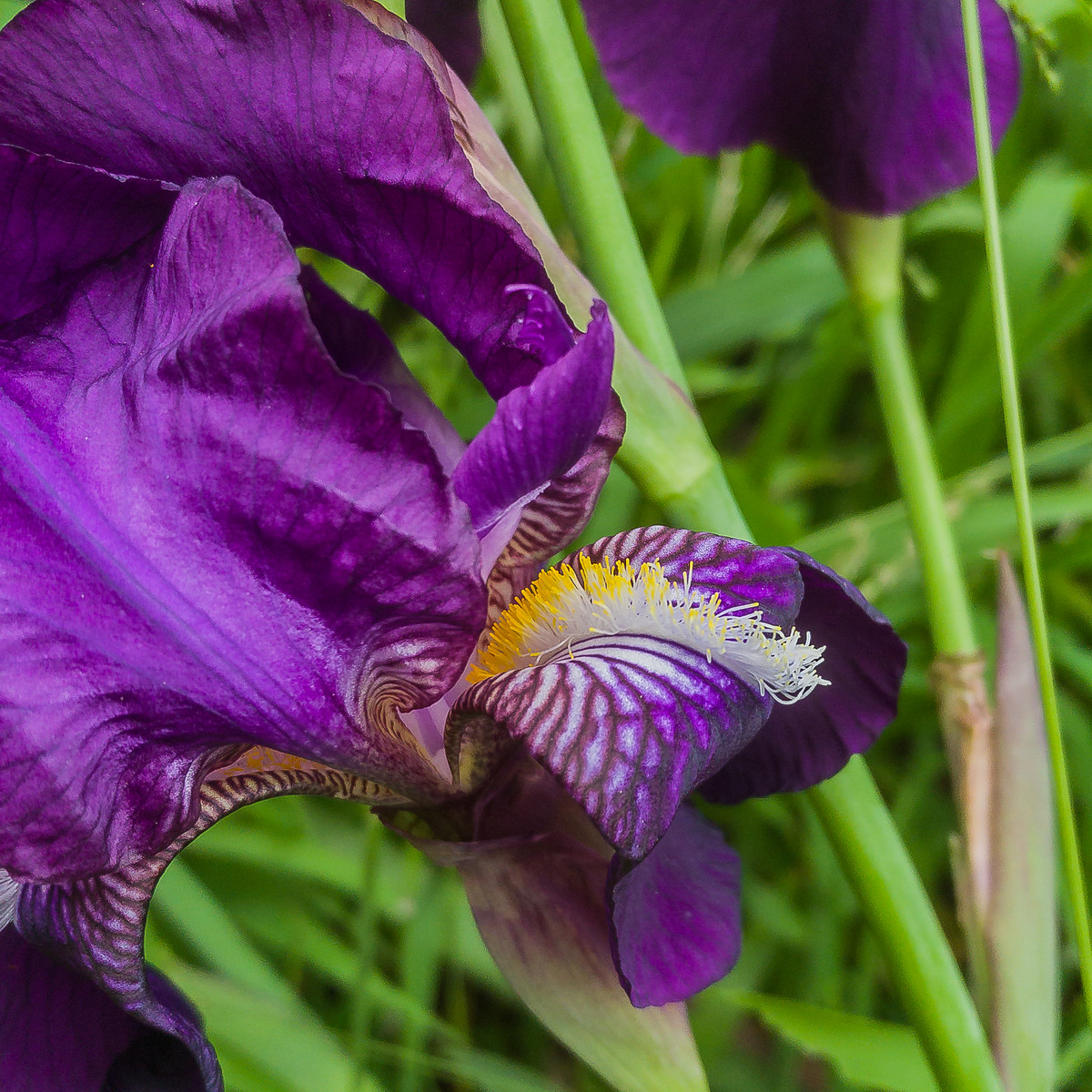UPDATE 23/09/217
@DannyT2011 Just pointed out that you can in fact turn on HDR when you want! Rather than relying on the 'Auto' setting which you have zero control over when it will kick in!
Just turn off 'Auto HDR' in the camera settings, found in 'Settings.'
Then, you will have 'HDR' reappear at the top of the camera app, as per normal. Touch the word 'HDR' and you are given three choices from there, 'Auto/On/Off.' Just select which option you want to use.
------------------------------
Just a quick test of the iPhone 8 plus in regards of its camera.
I deliberately chose a tricky subject with a wide dynamic range (lots of darker and lighter details) to see how it fared and just how smart the inbuilt HDR feature is. Unfortunately, the HDR didn't kick in and there is no option to just turn it on either! It's a purely automatic thing if it will or won't kick in for you.
I took the first image using the inbuilt camera app with portrait mode turned on and set to natural, then exported the image as a jpeg. I made the inbuilt camera expose for the highlights on the iris's pistil, where all the white and yellow is and made it lock the exposure for that as I took the shot. As can be seen, it didn't cope very well with the highlights presented here, there's very little detail there and in other sections of the flower with whites present.
I took the second image using the app called PureShot, which allows manual control of the camera, using spot metering on the whites, selecting where I wanted the focus to be, then underexposing by a stop and exporting the image as a RAW file. PureShot does not have the portrait mode background blurring, the background here is what the lens actually sees. There's a lot more detail to this one, both in the darker and lighter regions, which gives a good indication of what the camera is actually capable of.
One peculiarity I noticed, was that I had to focus from slightly further back when using the PureShot app for some reason, even though both shots were taken using the wide-angled lens.
Just a quick and easy test, but I'm pretty pleased with the results, especially when compared to what my old iPhone 6 was capable of. It's still miles off of using my DSLR, but for a mobile phone camera, it's pretty damn good! I'm yet to experiment with the portrait modes on people, hopefully others will have a chance to use some willing models for this and share the results here, my family have all said emphatic "NO's" to being test subjects for me!
Inbuilt camera

PureShot, RAW file

@DannyT2011 Just pointed out that you can in fact turn on HDR when you want! Rather than relying on the 'Auto' setting which you have zero control over when it will kick in!
Just turn off 'Auto HDR' in the camera settings, found in 'Settings.'
Then, you will have 'HDR' reappear at the top of the camera app, as per normal. Touch the word 'HDR' and you are given three choices from there, 'Auto/On/Off.' Just select which option you want to use.
------------------------------
Just a quick test of the iPhone 8 plus in regards of its camera.
I deliberately chose a tricky subject with a wide dynamic range (lots of darker and lighter details) to see how it fared and just how smart the inbuilt HDR feature is. Unfortunately, the HDR didn't kick in and there is no option to just turn it on either! It's a purely automatic thing if it will or won't kick in for you.
I took the first image using the inbuilt camera app with portrait mode turned on and set to natural, then exported the image as a jpeg. I made the inbuilt camera expose for the highlights on the iris's pistil, where all the white and yellow is and made it lock the exposure for that as I took the shot. As can be seen, it didn't cope very well with the highlights presented here, there's very little detail there and in other sections of the flower with whites present.
I took the second image using the app called PureShot, which allows manual control of the camera, using spot metering on the whites, selecting where I wanted the focus to be, then underexposing by a stop and exporting the image as a RAW file. PureShot does not have the portrait mode background blurring, the background here is what the lens actually sees. There's a lot more detail to this one, both in the darker and lighter regions, which gives a good indication of what the camera is actually capable of.
One peculiarity I noticed, was that I had to focus from slightly further back when using the PureShot app for some reason, even though both shots were taken using the wide-angled lens.
Just a quick and easy test, but I'm pretty pleased with the results, especially when compared to what my old iPhone 6 was capable of. It's still miles off of using my DSLR, but for a mobile phone camera, it's pretty damn good! I'm yet to experiment with the portrait modes on people, hopefully others will have a chance to use some willing models for this and share the results here, my family have all said emphatic "NO's" to being test subjects for me!
Inbuilt camera

PureShot, RAW file

Last edited:




